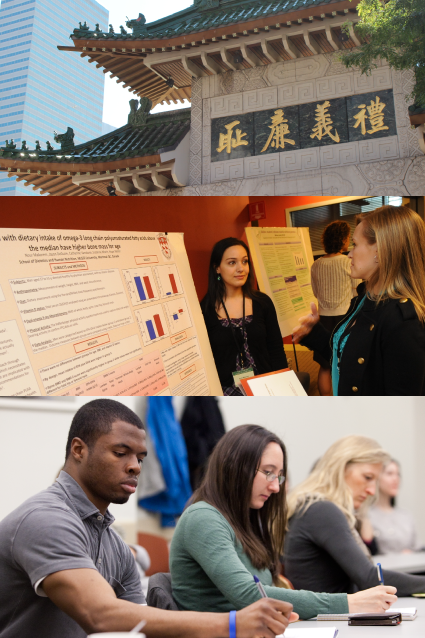July 28, 2016
Meals consumed at fast-food restaurants are often seen as one of the biggest contributors to the obesity epidemic. But according to a new study in the Journal of the American Academy of Nutrition and Dietetics, 92 percent of 364 measured restaurant meals from both large-chain and non-chain (local) restaurants exceeded recommended calorie requirements for a single meal. In 123 restaurants in three cities across America, the research team found that a single meal serving, without beverages, appetizers, or desserts sometimes exceeded the caloric requirements for an entire day.
















